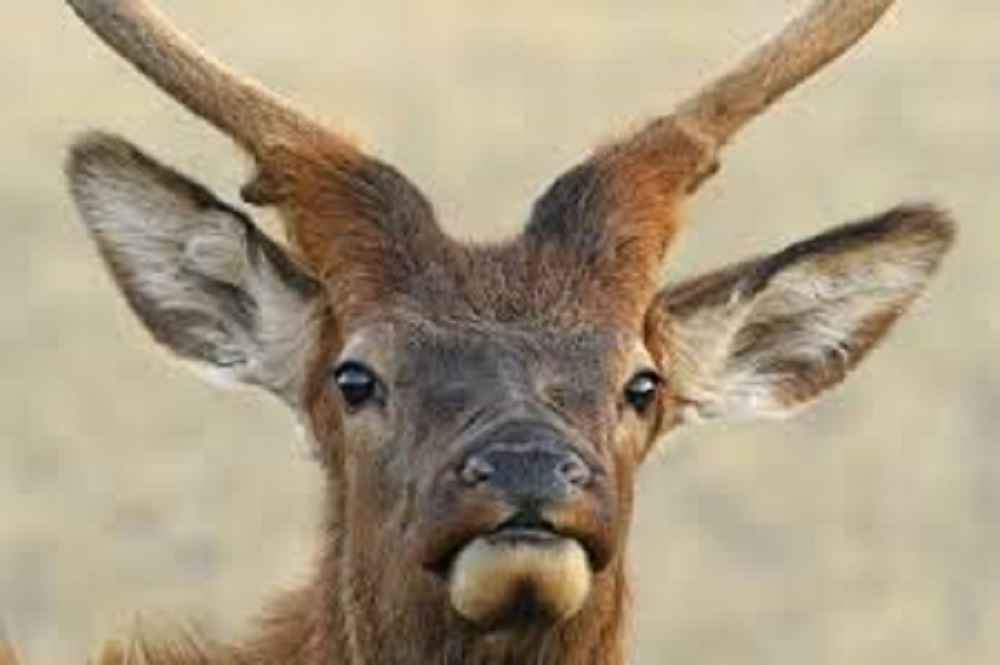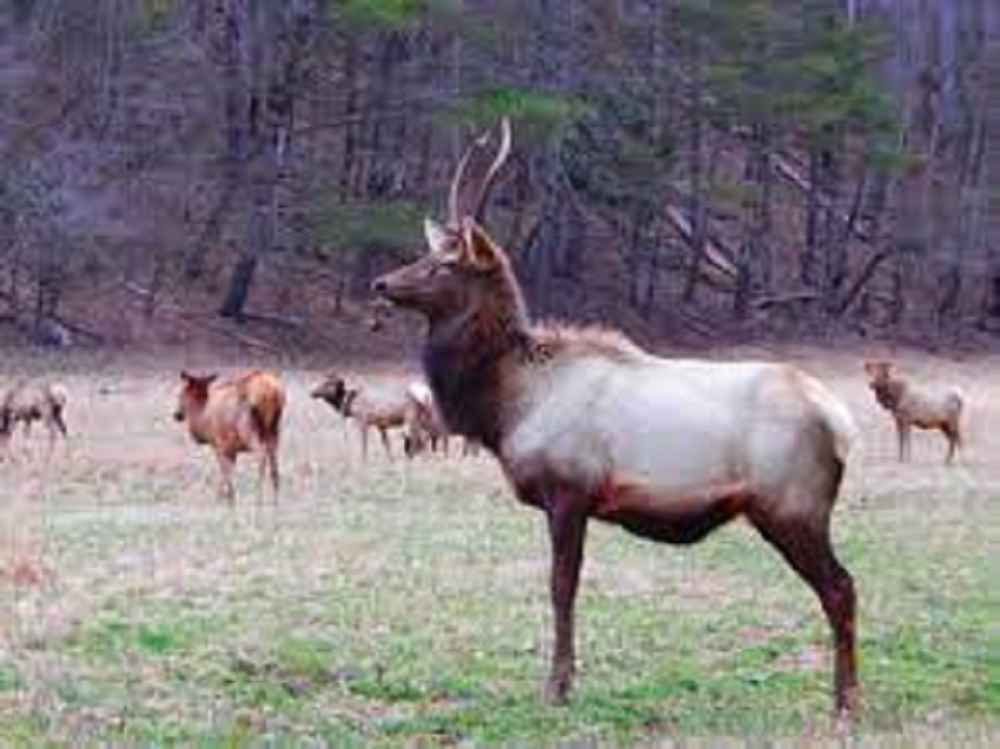"Spike elk" may refer to a young male elk with antlers that have not yet grown into the typical branching pattern seen in mature elk. It is also commonly referred to as a "spike bull."
A spike elk is a young male elk that has not yet grown a fully developed set of antlers. This type of elk is often referred to as a “spike bull,” due to the single, straight antler spike that they possess.
Understanding the characteristics, behavior, and habitats of spike elks is important for wildlife management and conservation efforts. This article provides a comprehensive overview of spike elks for those who want to learn more about these magnificent creatures.

Characteristics of a Spike Elk
Physical Description
Spike elks are members of the cervidae family, which also includes other species of deer such as whitetails, mule deer, and caribou. Like all elks, spike elks have a distinctive appearance, including a large body size, long legs, and a thick, shaggy coat of fur.
They can weigh anywhere from 400 to 1,000 pounds, depending on their age and the availability of food in their environment.
Antler Characteristics
The defining characteristic of a spike elk is its antlers, which have not yet grown into the typical branching pattern seen in mature elk. Male elk grow new antlers each year, starting in late spring and shedding them in late winter.
While antlers are still growing, they are covered in velvet, which provides the antlers with nutrients and helps them to grow. When the antlers are fully grown, the velvet dries up and the antlers are used for display and competition with other males during the breeding season.
Age and Size
Spike elks are typically 2 to 3 years old, and are still growing and developing. As they mature, they will grow larger and develop more elaborate antler structures, until they reach full maturity at 5 to 6 years old. The size and weight of spike elks can vary greatly depending on their age, genetics, and the availability of food in their environment.
Behavior of Spike Elk
Migration and Movement Patterns
Spike elks are known for their migration patterns, which can cover long distances in search of food and mates. During the winter, spike elks will move to lower elevations in search of food, and during the summer, they will move to higher elevations in search of cooler temperatures. The exact migration patterns of spike elks can vary greatly depending on the region and the availability of resources.

Social Structure and Interactions
Spike elks are social animals, and can often be found in groups, or herds, with other elk. These herds are typically made up of a dominant male, several females, and their young. Spike elks use a variety of vocalizations and body language to communicate with each other, including bugling, which is a loud, haunting call that is used to attract mates and establish dominance.
Reproductive Behavior
During the breeding season, male elks will compete for access to females, using their antlers to establish dominance. The breeding season, also known as the rut, typically occurs in late autumn, and female elks will give birth to their young the following spring. Spike elks will mate with several females during the breeding season, and will defend their harem of females from other males.
Habitat and Distribution of Spike Elk
Natural Habitats
Spike elks are found in a variety of habitats, including forests, grasslands, and mountainous regions. They prefer environments with a mix of vegetation types, including grasses for foraging, and trees for cover and shade. Spike elks are adaptable creatures, and are able to thrive in a wide range of habitats, from arid deserts to dense forests.
Geographic Distribution
Spike elks can be found throughout North America, from Canada to Mexico. The largest populations are found in the western United States, including states such as Montana, Wyoming, and Colorado. In recent decades, elk populations have also been introduced in other parts of the world, including Europe, where they are now hunted for sport and meat.
Threats to Spike Elk Habitats
Spike elks and their habitats are facing a variety of threats, including habitat destruction, climate change, and disease. Human development and land use practices have destroyed large areas of prime elk habitat, while climate change is altering the timing and availability of food and water sources. In addition, disease can also have a significant impact on elk populations, including chronic wasting disease, which is a deadly condition that affects the nervous system of elk and other cervids.
Management and Conservation of Spike Elk
Hunting Regulations
In many areas, spike elks are hunted for sport and for their meat. Hunting regulations vary from state to state, and are designed to maintain healthy elk populations and to provide hunting opportunities for sportsmen.
Hunting regulations may include restrictions on hunting methods, such as the use of firearms or bows, as well as limits on the number of elks that can be taken each year.
Conservation Efforts
Conservation efforts are underway to protect and conserve spike elk populations and their habitats. These efforts include habitat protection and restoration, research on elk populations and habitats, and disease management programs. In addition, many organizations, such as the Rocky Mountain Elk Foundation, are working to educate the public about the importance of elk and their habitats, and to promote conservation and responsible hunting practices.
Role of Wildlife Management in Spike Elk Populations
Wildlife management is an important part of conserving and protecting spike elk populations. Wildlife managers use a variety of tools and techniques to monitor elk populations, including surveys, research, and tracking. They also develop and implement hunting regulations and other conservation measures, and work with other organizations and stakeholders to promote conservation and responsible hunting practices.

Conclusion
Spike elks are unique and fascinating creatures, with distinctive physical characteristics and behaviors. Understanding their habitats, behaviors, and populations is essential for effective wildlife management and conservation efforts.
Through conservation efforts, responsible hunting practices, and public education, we can help to protect and conserve these magnificent animals for future generations to enjoy.
